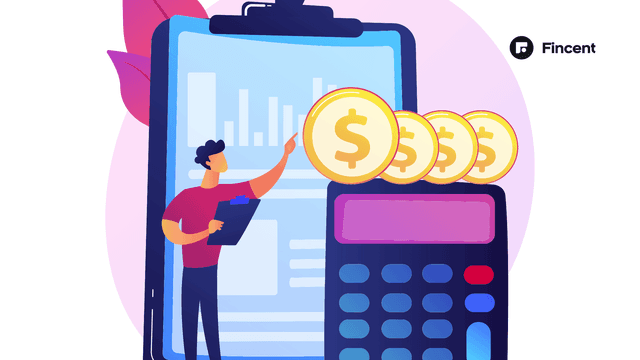- Glossary
- Profit
Profit
Profit is the financial gain that results when the revenue from a commercial activity exceeds the costs, fees, and taxes associated with running that firm.
Any profits made are given back to the company's owners, who have the option of keeping the cash for personal use, paying dividends to shareholders, or reinvesting it in the business.
What Does Profit Tell You?
Profit is the amount that a business keeps after deducting all expenses. Making money is the primary goal of every business, whether it is a tiny lemonade stand or a publicly traded multinational corporation. As a result, the profitability of a company in all of its manifestations serves as a barometer for its performance.
Profitability before taxes and other expenses is more appealing to certain analysts than top-line profitability is to others.Others don't care about profitability until all expenses have been met.
Gross profit, operating profit, and net profit are the three primary types of profit, and they may all be found on the income statement. Comparing each profit category to those of a company's competitors and to prior periods can help analysts understand a company's performance better.
Gross Profit
Gross profit, which is calculated as sales less cost of goods sold, is the lowest level of profitability. The first line item on the income statement is sales, and the next line usually includes cost of goods sold (COGS):
Gross Profit = Revenues - COGS
For instance, if Company A has $100,000 in sales and a COGS of $60,000, then $100,000 less $60,000 is $40,000, which is the gross profit. For a 40% gross profit margin, divide sales by the gross profit, or $40,000 by $100,000.
Operating Profit
Operational profits eliminate accounting costs like depreciation and amortization as well as operating costs like overhead and other indirect costs. Earnings before interest and taxes, or EBIT, is another name for it.
Operating Profit = Revenue - Cost of Goods Sold (COGS) - Operating Expenses - Depreciation
Net Profit
In addition, the business's interest and tax payments are subtracted from the net profit. It is sometimes referred to as the "bottom line" of the company because it appears at the bottom of the income statement.
Net Profit = EBIT - Interest Expense - Taxes
A company's bottom line shows how lucrative it was over a specific time frame and how much is left over for dividends and retained earnings. What's left over can be put to use for initiatives, debt repayment, or reinvested back into the business.
Conclusion
- Total revenue less total expenses equals profit.
- Businesses disclose their net profit, operational profit, and gross profit for accounting purposes (the "bottom line").
- Investors are drawn to profitable businesses because these businesses either distribute their profits as dividends to shareholders or invest them back into the business, which raises stock value.


